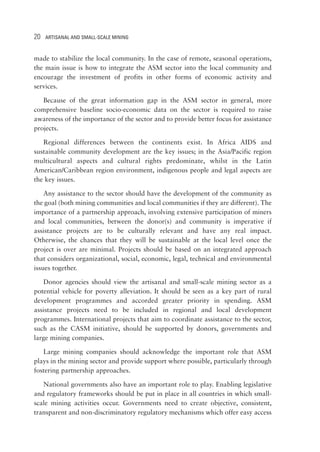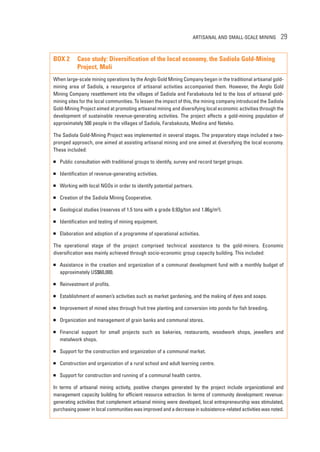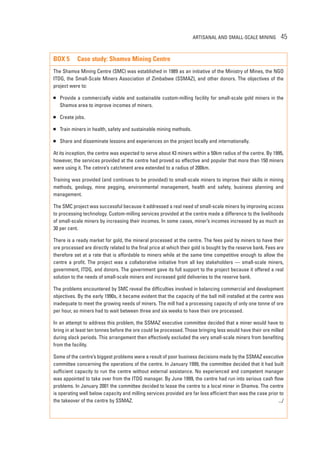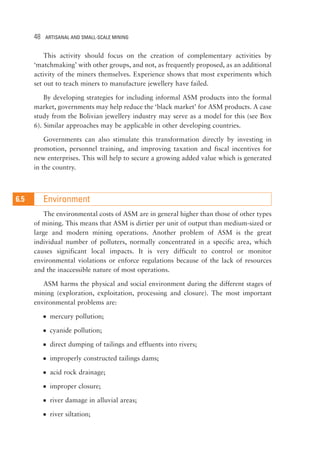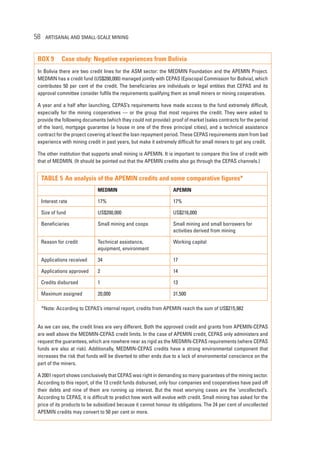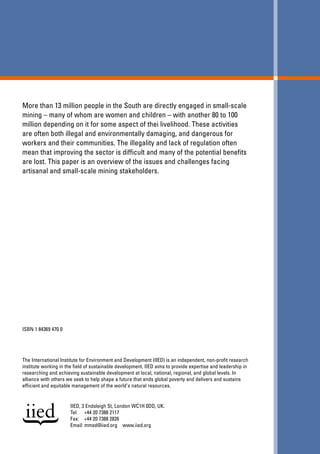This document provides an overview of artisanal and small-scale mining (ASM), including definitions, general problems, and historical context. It discusses how ASM is characterized by a lack of mechanization, poor health and safety standards, low productivity, and seasonal or informal operation. An estimated 13 million people globally work directly in small-scale mining. While ASM can help alleviate poverty, activities are often environmentally damaging and illegal due to a lack of regulation. Assistance programs in recent decades have aimed to address these issues, formalize the sector, and maximize its contributions to sustainable development.































